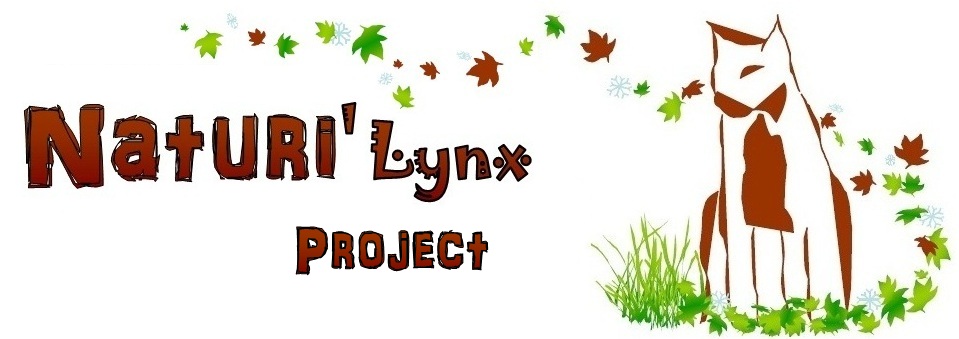In Sweden in the 20's, the population of lynx was close to extinction but has increased again thanks to the implementation of regulatory measures for the protection of the species between 1928 and 1943 :
Distribution of the population of Lynx lynx in 1850 Distribution of the population of Lynx lynx in 1920
Distribution of the population of Lynx lynx in 1950 Distribution of the population of Lynx lynx in 2010
Since then, as the population of northern lynx is strongly amplified, lynx hunting was legalized again in Sweden. This is not the case in France where the lynx is a protected species throughout the year (the population is still fragile) : it has full protection from the ministerial decree of 17 April 1981 relating to protected mammals throughout the territory (cf. legifrance). It is prohibited to destroy, maim, capture or remove it, to intentionally disrupt or to naturalize and to destroy, alter or degrade their environment. Whether living or dead, it is also illegal to transport, peddling, use it, to hold, sell or buy.
There are currently more than 2500 lynx throughout Scandinavia (Norway, Sweden and Finland) with nearly 1500 in Sweden where quotas have increased from 6 in 1995 to 168 in 1998.
This is an important nucleus of population for the Europe:
Europe map of the distribution of the lynx (from data 2010)
Proportion of the lynx in each region of Europe
I learned that the catch of the lynx could be done in different ways by researchers in Sweden:
- Traps are installed throughout the country and rangers and/or hunters are responsible to check regularly to inform Grimsö
Lynx anesthetized in a trap
Source : Grimsö Wildlife Research Station
- Trained dogs can also track the lynx. The latter took refuge in a tree, then they set up a net below the tree to retrieve the animal after anesthesia.
Source : Grimsö Wildlife Research Station
- Sometimes by helicopter in the north where the forest is less dense on the reliefs. The first step is to identify the animal in a restricted area by looking for his footprints in the snow. Once the animal is located, the helicopter started to pursue him remaining very close to the ground (an experienced pilot performs this delicate operation) and launches a tranquilizer on the animal.
Lynx darted for research
Source : Grimsö Wildlife Research Station
Hunters do lynx hunting on skis with a dog specially trained. Similarly, the hunter follows the fresh trail of a lynx in his flight, which is forced to climb up a tree to escape the dog. Then the hunter bags lynx trapped.
No distinction of age or sex is done.
Quotas are distributed heterogeneously on the counties to meet the differences in density and the presence of lynx to protect farms in the region. Most quotas are to the north, in areas of reindeer herding, livelihood of the Sami people.
The lynx population density is lower in the south: the settlement is still new territory and there may be less attractive because the terrain is less rugged.
Each year the Swedish Agency for Environmental Protection or EPA, (see Naturvårdsverket) was responsible for implementing environmental policy and to enforce the quotas set by the government.
Today, the role of County Administrative boards (the Administrative County) has been improved in the new system for managing predators. Since February 15, 2010, many of them can now decide on the protective hunting of large predators, following the delegation of the EPA in effect.
This is a consequence of a parliamentary decision establishing a new system of management of large carnivores: it aims to increase accountability at the local level. The government wants to establish a decentralized management.
The EPA is still a need for:
• Adopt regulations for hunting, wildlife census, compensation for injuries caused by predators, etc..
• Establish minimum levels for the regional management areas predators
• Confirm the census of wildlife
• Monitor and evaluate the work of the County Administrative Boards.
• Decide on the protection of hunting in the counties where the administrative boards have no such right
• Decide on quotas regulated if the preconditions to the delegation are not yet in place.
The results of census of lynx leads to a decision on the number of quotation to allow.
It will be interesting to examine in a future article on the method of population estimate used in Sweden.
One of my next interview will be devoted to a person working at the County Administrative because it seems important to deepen their role in monitoring the lynx.











Aucun commentaire:
Enregistrer un commentaire